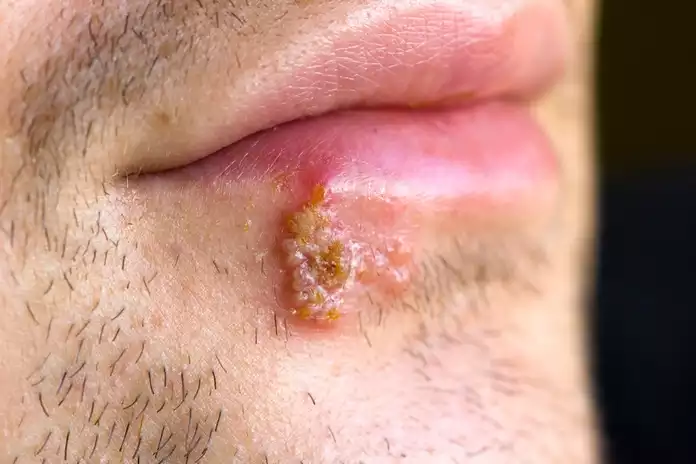What Are Cold Sores? Symptoms, Causes, Diagnosis and More
Cold sores are fluid-filled blisters on or around the lips, mouth, or nose. Caused by the herpes simplex virus, these blisters are highly contagious and usually last 7-10 days. They can be painful, itchy, and uncomfortable during this time.
They are very common – about 90% of adults worldwide have been exposed to the herpes simplex virus, and about 33% develop cold sores. Most people who get cold sores experience them 2 to 3 times a year, although some may have more frequent outbreaks. They usually occur at any age but commonly develop in children aged 1-5 and adults aged 35-55.
What Are Cold Sores?

Also known as fever blisters, these are small, painful, fluid-filled blisters that affect the lips, mouth, or nose. They are highly contagious being a viral infection. The causative virus (herpes simplex virus (HSV) spreads through close contact with an infected person – through kissing or sharing personal items such as razors, towels, or utensils. The virus can also be spread through oral sex, and people with weakened immune systems are more susceptible to cold sores. (1)
Preventing cold sores involves avoiding close contact with people with active cold sores and sharing personal items with others. Maintaining good hygiene practices can also help reduce the risk of spreading the virus. In addition, avoiding triggers such as stress, fatigue, and exposure to sunlight can help prevent outbreaks of cold sores.

